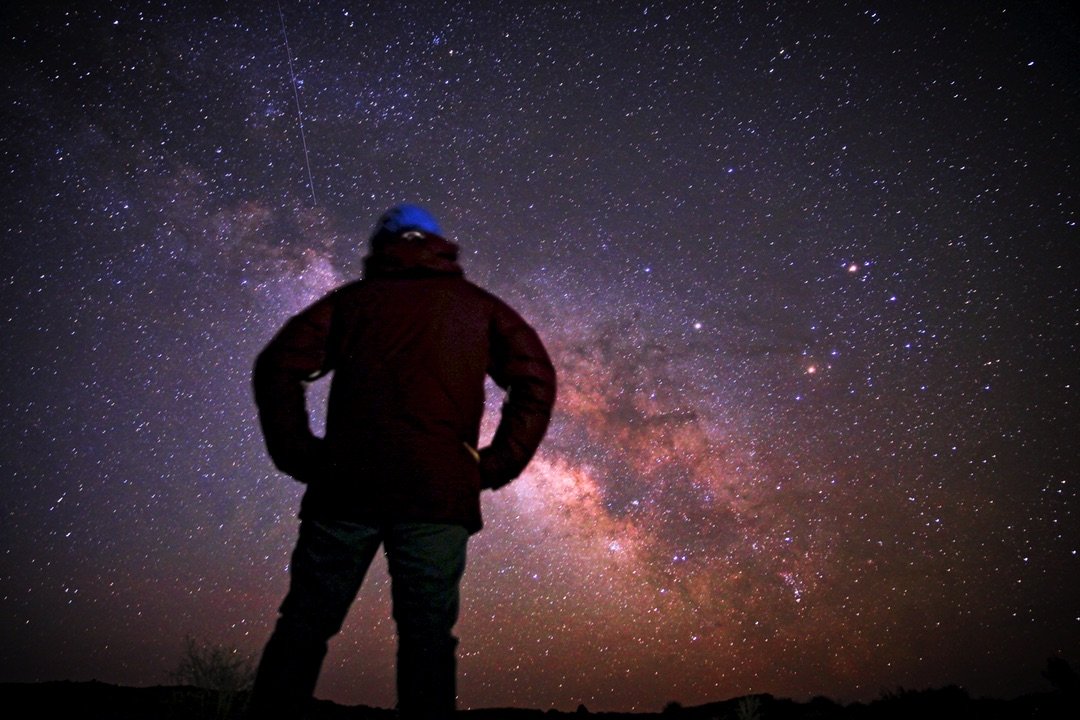"For in six days the Lord made heaven and earth, the sea, and all that is in them, and rested on the seventh day."
- Exodus 20:11 -
A few weeks ago,
Steemian @gavvet raised a very interesting and worthwhile question:
He has subsequently followed this article up with posts HERE and HERE, and I encourage you to read what he has to say.

Created in six days?
Photo courtesy of Clker-Free-Vector-Images and http://pixabay.com
For those short on time,
I'll summarize what appear to be @gavvet's major points in his first two articles.
I will do this by re-stating his ideas in my own words, and then offering a direct supporting quote. Friend @gavvet, if I've misunderstood anything, I welcome your comments.
While God can do anything, science helps to inform our understanding of "what actually happened."
"The age of enlightenment, modern science and all of its discoveries have vastly enriched or knowledge of the universe, its systems and processes and life in all of its diversity."
Many religious institutional beliefs have been accepted without adequate scrutiny.
"What you were told to believe were interpretations of doctrines and scripture based on creeds developed and adopted over the centuries by the religious and political elite."
Biblical truth is often misunderstood and distorted by tradition.
"We are so used to nativity scenes and other narratives that this clouds or perspective of what the scriptures actually say, even when we read them for ourselves."
Literary forms used by Bible authors must be taken into account.
"...the "days" are simply part of a Hebrew literary device and are parentheses to the ideas contained therein and the sequence of concepts that is being created in order to illustrate and emphasize the point of the account."
I am in substantial agreement with these points.
However, I voiced some cautions in "The Seven-Day Universe" (<-linked) and will continue to do so in this article.

Created in mere days?
Photo courtesy of ayoub wardin and http://pixabay.com
Summarizing my response so far,
while I generally agree with what @gavvet has been presenting, "The devil," as they say, "is in the details." And so, I offered a couple of counter-points.
Scientific organizations are just as fallible as religious ones.
You need to filter and evaluate your "truth" no matter the source. In my last article, I provided an example of the recent change in prevailing scientific opinion regarding how our brains recognize faces. The entire history of science provides countless similar examples of long-held erroneous ideas. Even when proven wrong, the "scientific priesthood" can be very slow to abandon cherished beliefs.
Wisdom calls for thought and caution before discarding your beliefs.
You should have clear and compelling reasons to set aside what you have learned and come to believe. Don't do so simply because "science" seems to demand it. Consider that there may be other valid interpretations of the "scientific facts" that may actually support your beliefs.
In today's article,
I want to share an alternative cosmological theory with you. This one has been open to scrutiny for years now, but its implications run so counter to prevailing thought that it has not yet gained much traction. Nevertheless, the data is clear and hard to "explain away." We'll begin with this question:
Are galaxies in the universe really randomly distributed?
You may recall from history that Ptolemy presented a model of the universe having Earth at its center.
Does the universe have a center?
Photo courtesy of Greg Rakozy and http://unsplash.com
Then Copernicus came along,
supported by Galileo's observations, and presented the now almost universally accepted heliocentric (i.e. Sun-centered) view of our heavenly surroundings.
The institutional church fought this change in thinking vigorously, reasoning that it would diminish the respect of people for scripture.
Of course,
such resistance is ultimately foolish and futile. Jesus/God has written two books. We have been given not only the book known as Scripture, i.e., the Bible, but also the Book of Creation. We can directly observe our own planet and the universe around us, in order to learn what God has done.
"The heavens declare the glory of God,
and the sky above proclaims his handiwork.
Day to day pours out speech,
and night to night reveals knowledge."
- Psalm 19:1-2
However, due to the vast size and scope of creation, observations beyond our physical reach are necessarily subject to interpretation. As our reach grows, we can refine our theories, but they ought always to be subject to the data we are able to gather.
With the change to a heliocentric view of our "local" space, theories of cosmology also changed radically. Einstein, Hawking, and others maintain that there are no fixed reference points. Although he admits that at the cosmological level, the universe looks the same in all directions, Hawking says:
"...the universe might look the same in every direction as seen from any other galaxy, too."
- A Brief History of Time
Hawking goes on to say "We believe it only on grounds of modesty..." — in other words, modern man has abandoned the belief that we have been placed at the center by Deity not based on evidence, but because of a change in theology.
In recent years, however,
considerable new evidence has accumulated that strongly indicates that the Earth is, more or less, at the center of the known universe.
Note Well: This is not a re-introduction of the Ptolemaic universe (although some are attempting to do that!). Nor is this theologically-based wishful thinking.
Rather, observations with astronomical instrumentation, and some associated theories, place our Milky Way galaxy — and thus the Earth — in the center of a series of more or less concentric spheres populated by galaxies. The macro structure of this view of the universe is somewhat analogous to the concentric spheres of electron cloud shells known to modern atomic theory.
Dr. Russell Humphreys is a modern author of one of these theories.
In this interview, he discusses his overall theory in considerable detail.
Humphrey's theory is based in part on the "quantized red shift" first pointed out in publications by University of Arizona Professor Emeritus William G. Tifft. This data, as well as the mysterious slowing of the Pioneer spacecraft as it continues its journey far beyond our solar system, cannot be explained convincingly by current widely accepted cosmological theories.
While I haven't studied Dr. Humphrey's theories in significant detail, my point is simply this:
Exercise your own critical thinking.
Consider the fact that universities and scientific researchers — in fact, everyone — all have biases.
Just as much, if not more than, church and parachurch organizations, scientific institutions are motivated by pride, by the need for funding, and by the weight of tradition.
Don't simply follow the consensus without some level of personal investigation. Look into newer theories, such as that of Dr. Russell Humphreys and others. Evaluate how well the data fits the theory, and what new predictions can be made to test the theory.
Thanks for reading my second post on this topic.
Next time, perhaps we'll check out a few alternative geological theories.
Until then!
FIN
LOOK! Check out our amazing product:
>>CLICK HERE!<<
You are why I'm here on Steemit!
I have very eclectic interests and hope, over time, to write about them all.
⬇️To Check Out @creatr's World⬇️CLICK Each Image Below⬇️

|

|

|


